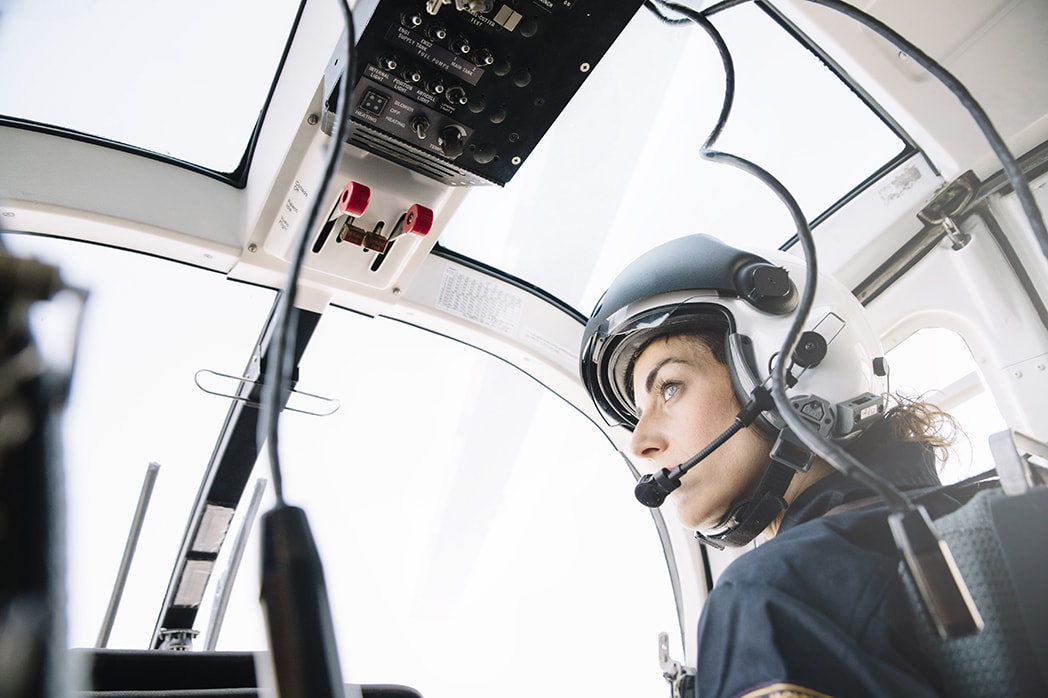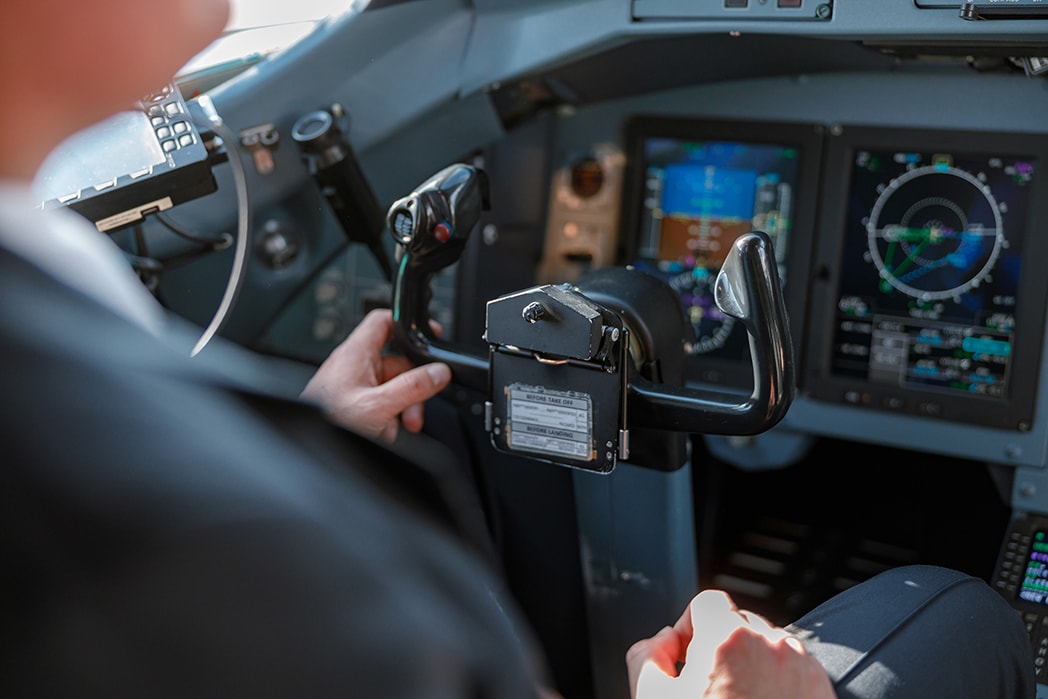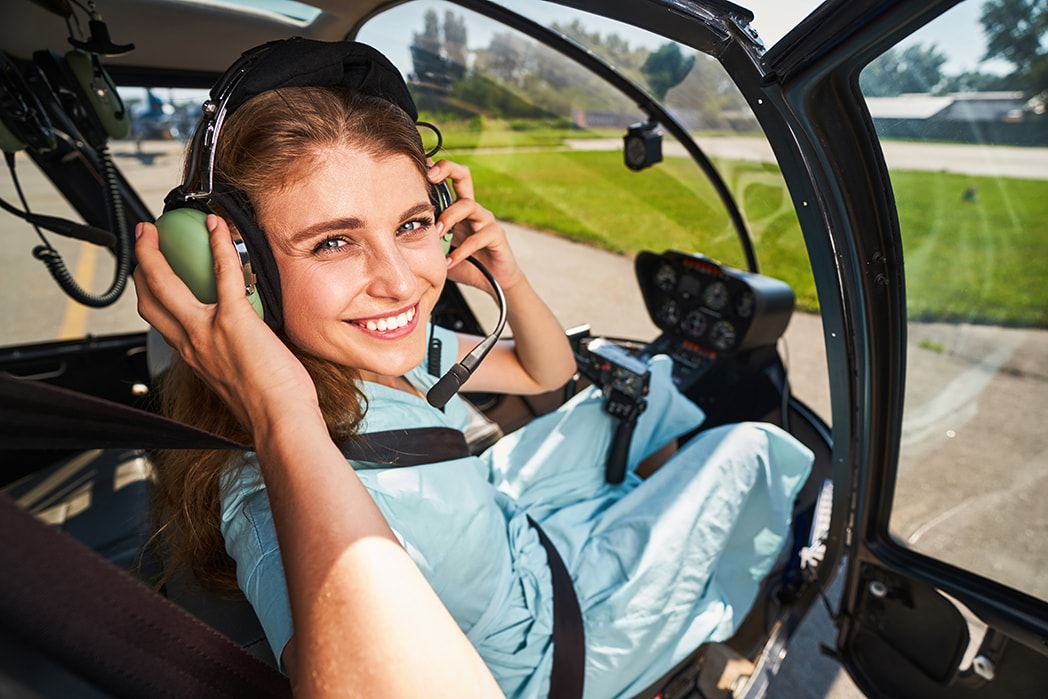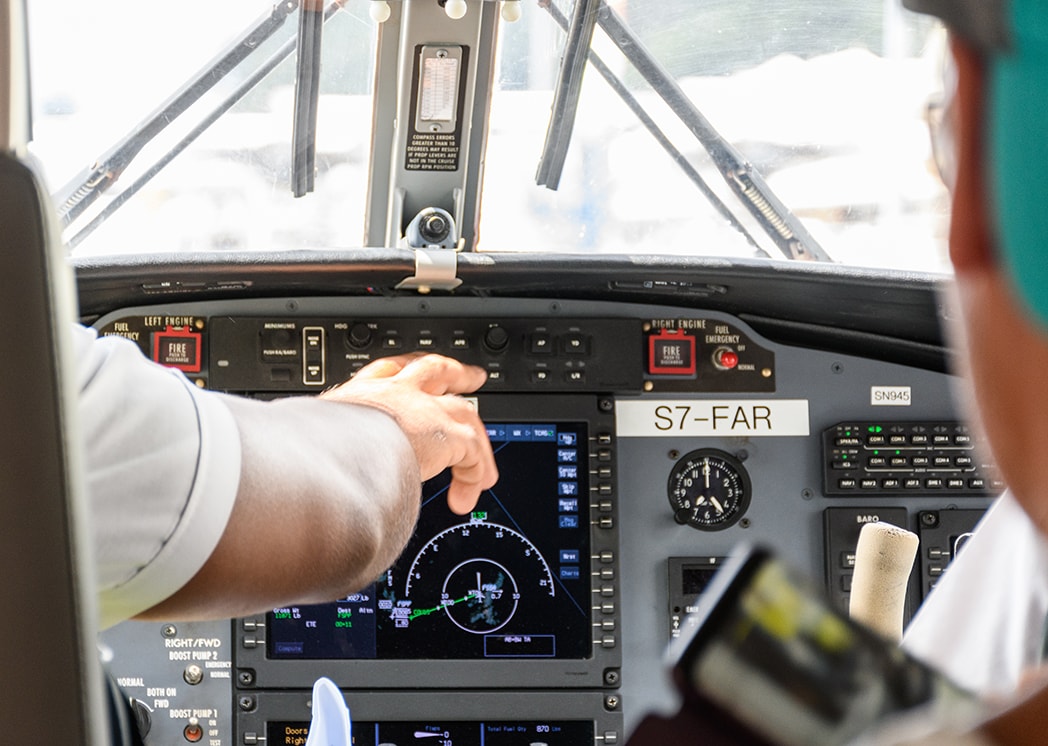How Many Flying Hours to Become a Private Pilot: Guide
Jun 02, 2025
So how many hours to become a private pilot? Well, the FAA says at least 40 hours. These hours include instruction and solo time to make sure you’re safe in the air.
But most students average 50 to 70 hours to master all the skills. In this guide we’ll break down the hours, explain the training requirements and help you know what to expect on your journey to becoming a private pilot.
Key Takeaways
-
To get a private pilot certificate the FAA requires at least 40 hours, 20 hours of dual instruction and 10 hours of solo time with specific training for different flying conditions.
-
While the FAA says 40 hours, most student pilots take 50 to 70 hours due to individual learning pace, weather and the need for consistent training to hone skills.
-
Ground school is a must, covering topics like aerodynamics, navigation and emergency procedures; students must pass the FAA written exam before they can do the practical check-ride.
Minimum Flight Hours Required by FAA
To get an FAA private pilot certificate you need 40 hours of flight time. This is broken down to provide you with the skills to safely fly an aircraft. This includes dual flying with a certified flight instructor and solo time to lay the foundation for pilot training.
Before you can begin logging official flight hours toward your license, you must first obtain a student pilot certificate, which authorizes you to fly under supervision and begin formal training.
Student pilots must meet these flight hour requirements to be able to handle various in flight challenges and be proficient in different visual flight conditions. Included in these total hours are daytime and nighttime, cross country, and VFR drills to prepare them for their future role as a pilot.
Dual Instruction Time
To become a pilot, you must complete a minimum of 20 hours of dual flying with a certified flight instructor. This is the foundation of your training to learn the techniques and procedures of safe flight.
During these training sessions student pilots will learn to take off and land, navigate and fly at night. Working with a flight instructor is key to building confidence in students so they are ready to solo.
Solo Flight Time

To get a private pilot licence you need to complete at least 10 hours of solo flight time. This is a crucial part of the training where you can practice flying on your own and consolidate what you’ve learned during training with an instructor. Solo flights are essential to build the confidence and proficiency to fly an aircraft without immediate supervision.
Within this solo flight time, you’ll need to do at least 5 hours of cross country flying. These long flights are over 50 nautical miles and will give you practical experience in navigation and managing longer trips in unknown airspace.
This training is essential to equip you with the skills for real life flying where you’ll be navigating long distances and dealing with different airspace challenges while building up your total flight time. Completing a cross-country flight not only fulfills a key FAA requirement but also helps develop critical navigation and flight planning skills.
Additional Training Requirements
Beyond the basic hours of flight time, there is Training for private pilots to be able to handle different flying scenarios. Night flying is an example of this, where pilots learn to fly safely in the dark. They practice taking off and landing and navigation in zero visibility during this phase of their training which broadens their skills.
Instrument rating is another key part of advanced training for pilots who want to fly through different types of weather using only the instrument panels and not outside visual references. This specialized training helps a pilot make better decisions and be safer in the cockpit.
These additional training sessions are mandated by the FAA to develop the capabilities of pilots. These capabilities allow them to handle different operational demands they may encounter while meeting the flight training requirements of the Federal Aviation Administration regulations.
Average Flight Hours for Most Student Pilots

The FAA requires 40 hours of flight time for training, but most student pilots need more time to get the skills and build confidence, average is between 50 to 70 hours. The gap between this minimum and what’s needed shows individual differences in learning pace and how much practice is required for thorough preparation.
There are several reasons why an average pilot in training will exceed the FAA’s minimum during flight training. Becoming proficient in aviation is not just about learning practical flying skills but also learning aviation principles and regulations. So it’s common for students to add extra time beyond the minimum to fine tune their skills before taking the practical exam.
Factors Affecting Flight Hours
Total flight hours required to get a private pilot certificate can vary due to many factors. Students absorb new knowledge and skills at different rates. Some pick it up quick, others need more time and repetition.
Weather is another big factor that can disrupt training schedules and extend the time to get the required flight hours. Human factors like stress levels and situational awareness affect progress in flight training. Additionally, being aware of limits such as how long can a pilot fly in a day can help manage fatigue and improve the safety and effectiveness of each training session. Master these and you’ll be a better pilot.
Quality of instruction and regularity of training sessions are big factors that can make a big difference in how many total flight hours you need to complete before getting your pilot certificate.
Importance of Consistent Training
Consistency is key to learning and retaining skills in flight training. The number of sessions you do each week will affect the overall duration of your training; frequent flying will help with retention and skill development. To make steady progress it’s recommended to do at least 3 flights a week to reinforce what you’ve learned.
By having a routine for your training sessions, you can also reduce the financial burden by not having to repeat the same lessons and review classes. Infrequent flyers may find themselves forgetting important techniques and having to spend extra time and money to relearn them. So being consistent with your flight lessons is good for keeping your skills sharp and also for reducing the overall cost of becoming a pilot.
Ground School Training Requirements

Ground school is a part of flight training that provides the foundation for safe and proficient flying. It covers aerodynamics, VFR navigation, radio communication, FAA regulations, weather, flight planning and flight school.
This includes essential knowledge for operating under visual flight rules, where pilots must rely on visual cues and environmental awareness to navigate safely.
Students must pass the FAA written exam to complete ground school training as the FAA examiner will test your understanding of the 60 question, 2.5 hour exam.
Topics Covered in Ground School
Ground school gives aspiring pilots the aeronautical knowledge they need, the principles of aerodynamics that control the aircraft and flight. It gives you an in-depth understanding of weather, which is critical to flight safety and operational decisions.
Ground school gives pilots the skills to plan and navigate flights so you can fly efficiently and safely. This is what aspiring pilots need to get before they take to the skies.
Integration with Flight Training
Ground school integrated into flight training helps you understand aviation principles before you get in the air. In ground school, we cover aircraft systems, engines and electrical components. This foundation in theory is then applied during flight training so you get a well-rounded education.
Ground school also covers emergency procedures for various situations that are critical to pilot safety. Knowing these procedures gives you confidence and prepares you to handle what may come up while flying.
Preparing for Your Check-Ride
The checkride is the final step to getting your private pilot license. You must pass three exams: pre-solo written, FAA private pilot written and the practical test checkride which evaluates all the knowledge and skills you’ve learned during training.
To pass the checkride you must demonstrate flight planning, fly the maneuvers and follow the examiner’s instructions. The first step is to fly safely and competently once all tasks are complete.
What to Expect During the Check-Ride
The check-ride will take about 4 hours and includes an oral exam and practical flying tasks. During the oral exam the examiner will ask you about flight planning, regulations, weather and other ground school topics to test your theoretical knowledge and decision making.
The practical part of the check-ride involves performing various maneuvers such as crosswind landings and emergency descents. The examiner will watch your flying skills and make sure you can handle the aircraft safely in different conditions.
Tips for Passing the Check-Ride
You need to manage your anxiety and stay confident to pass the check-ride. You must finish all flight planning tasks including weight and balance calculations. Practicing at the check-ride airport can help you feel more comfortable with the surroundings and procedures.
Talking through what you are doing during the check-ride can improve your overall performance by clarifying your communication with the examiner. Doing this shows you can speak, write and understand English and explain your thought process – this can work in your favour.
Cost of Flight Training requirements

Getting a private pilot license costs vary depending on the location of the flight school and the type of aircraft used for training. At Epic, you can expect to pay around $28,822 which includes flight hours, instructional fees and other associated costs. This course usually takes about 3 months to complete.
The total cost is affected by several factors such as the number of hours required to qualify, hourly rate for renting an aircraft and getting instruction and any additional training sessions that may be needed. People wanting to become pilots need to consider these variables when planning their financial strategy for flight training.
Financing Options
Aviation loans are a key financial tool to manage the costs of flight training. They offer funding for various training courses and don’t require an initial down payment, with interest rates ranging from 12.49% to 14.49% APR depending on the credit history of the loan applicant.
With these flexible financing options in aviation, you can pursue your passion for flying without being held back by financial constraints.
Reducing Training Costs
There are several ways to cut the cost of flight training. Pilots can get package deals on flight lessons which are often cheaper. Using flight simulators for practice is a great way to cut down on actual aircraft usage costs while still getting valuable experience.
Using older yet well maintained planes as part of the training process can also save costs without compromising the skills you need to learn. Pilots in training should consider these cost effective options to keep their costs under control.
Next Steps After Obtaining Your Private Pilot License

Once you have your private pilot license a world of opportunities opens up for pilots looking to improve their skills and career. To expand their flight proficiency and job options pilots may get additional ratings such as instrument ratings or commercial pilot certificates.
Those who want to progress in the aviation industry often decide to become private pilots. Getting these higher-level certificates requires more training and commitment.
They are essential to move your career in flying forward. This is also a crucial part of preparing for future aircraft pilot training, which emphasizes advanced skills and broader operational readiness.
Many flight schools offer scholarships and creative financing options to help students with the cost of additional training. As pilots continue to further their education and get advanced certifications, they can increase their employability and skill set in the aviation industry.
Instrument Rating
For many pilots, getting an instrument rating is the next step after getting their private pilot’s license. This certification allows them to fly and navigate in various weather conditions using instruments which is required for flying under Instrument Flight Rules (IFR).
When pilots go for an instrument rating, they hone their flying skills and increase safety and reliability during flight operations. This advancement makes pilots more versatile and proficient especially when they need to have a multi-engine rating.
Commercial Pilot Certificate
If you want to turn your love for flying into a career, you need to get a commercial pilot certificate. This important certificate allows pilots to get paid for their skills so you can have professional opportunities in areas like flight instruction, corporate aviation and charter operations. The FAA requires at least 250 hours of flight time before issuing this certificate.
The training for commercial pilot certificate combines academic learning and hands-on flying experience to meet the FAA requirements. Understanding the full scope of commercial pilot requirements hours is critical at this stage, as it includes not just total flight time but also specific categories like pilot-in-command and cross-country hours.
Getting a commercial pilot certificate gives ambitious aviators wide opportunities that can take them to full-fledged licensed pilots. It’s an advancement that not only takes you to the next level of your personal aviation journey but also opens up big opportunities to build a successful piloting career.

